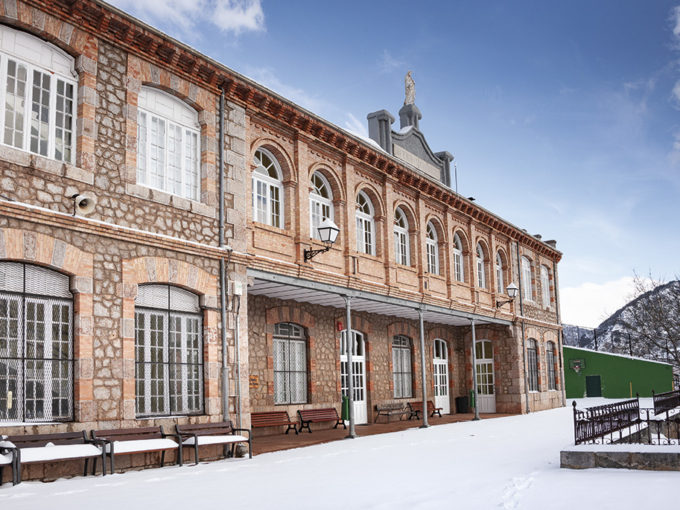
1 · The Schools
One of the most representative buildings in Nieva is the complex of the Schools, an important educational construction

En uno de sus valles recorrido por el río Iregua, está el Camero Nuevo, tierra de bosques, pastizales, cumbres y pequeños valles, donde se sitúan 13 pueblos con historia, tradiciones y leyendas, que siglos atrás se agruparon bajo la denominación de Hermandad de las 13 Villas.
Sobre su término se alarga el Cordal del Serradero que separa el Valle del Iregua del situado en el río Najerilla. Posee los vestigios más antiguos del poblamiento camerano, datados en el Paleolítico medio. En época más moderna, tuvo otros enclaves habitados en su término, como Castejón, San Julián y el Barrio del Iregua, cerca del río, que hoy solo son un recuerdo.
En este último, estuvo la antigua Venta del Hambre, que formaba parte de la red de ventas para caminantes y carruajes que atravesaban el temido, en invierno, Puerto de Piqueras que daba acceso a Soria.
El lugar está rodeado por ermitas o restos de ellas y la toponimia nos recuerda lugares como San Julián, San Roque, Santa Eufemia, Santa Marina, Santa Teodosia, Santa María de los Santos o San Antón.
En la actualidad, cuenta con 96 habitantes empadronados (datos de 2017). Altitud: 1.017 m.
941 21 61 99
679 28 59 19
alberguelacasanueva@gmail.com
C/ La Iglesia, s/n

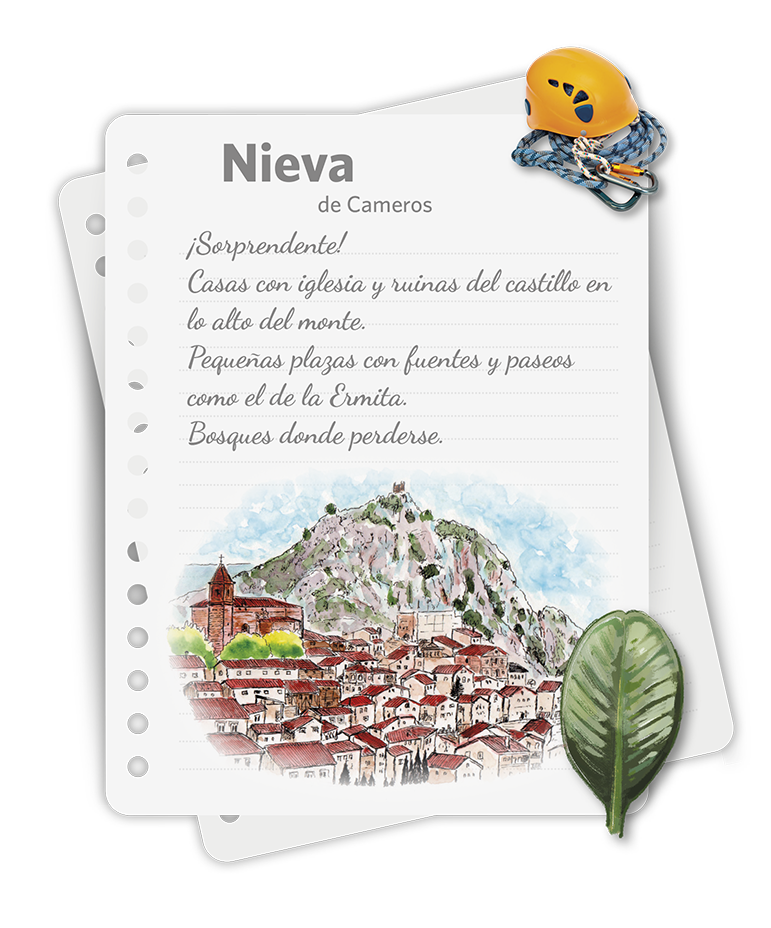
The Cordal de Serradero, which separates the Iregua Valley form the one at the Najerilla River, stretches over its area.
It has the oldest remains of the Camerano settlement, dated in the Middle Palaeolithic. In more modern times, it had other inhabited sites in this district, such as Castejón, Saint Julian and the Iregua neighbourhood, near the river, that are only a memory today.
In the latter, there was the old Venta del Hambre, which was part of the sales network for walkers and carriages that crossed the feared, in the winter, Piqueras Port, that headed to Soria (Spain).
The place is surrounded by chapels or remains of them and the toponymy reminds us places like Saint Julian, Saint Roque, Saint Eufemia, Saint Marina, Saint Theodosia, Saint Mary of the Saints or Saint Anton.
Currently, it has 96 registered inhabitants (2017 data).
Height: 1.017 m.
941 21 61 99
679 28 59 19
alberguelacasanueva@gmail.com
C/ La Iglesia, s/n

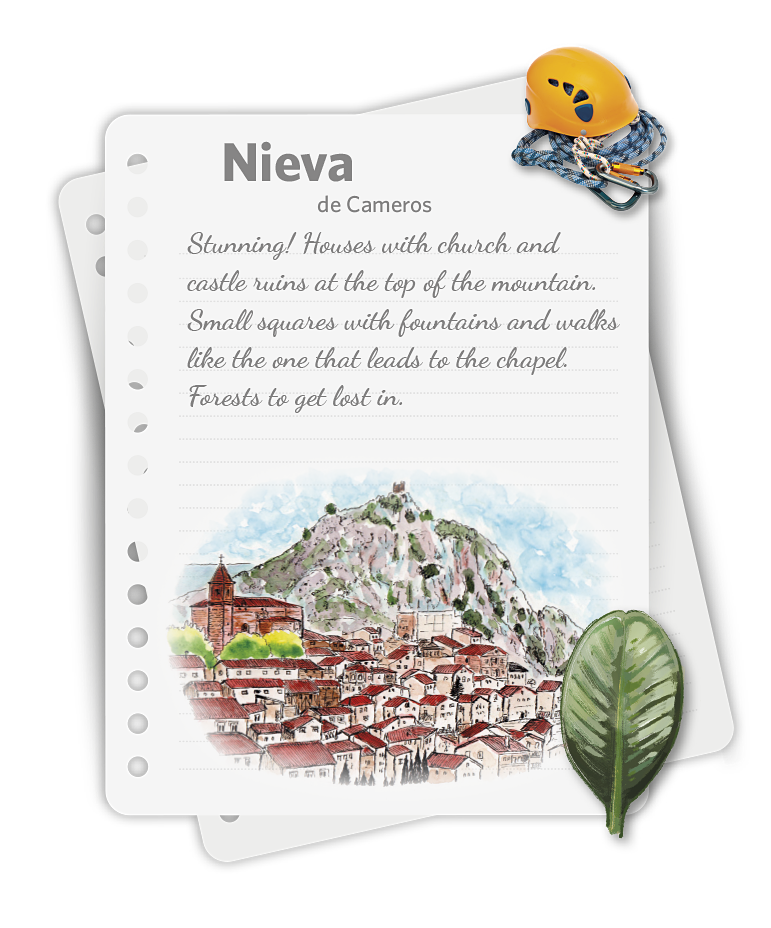

One of the most representative buildings in Nieva is the complex of the Schools, an important educational construction

From the Schools, a promenade marked by chestnut trees is opened along a wall with a terraced seat and protected by a wrought iron fence
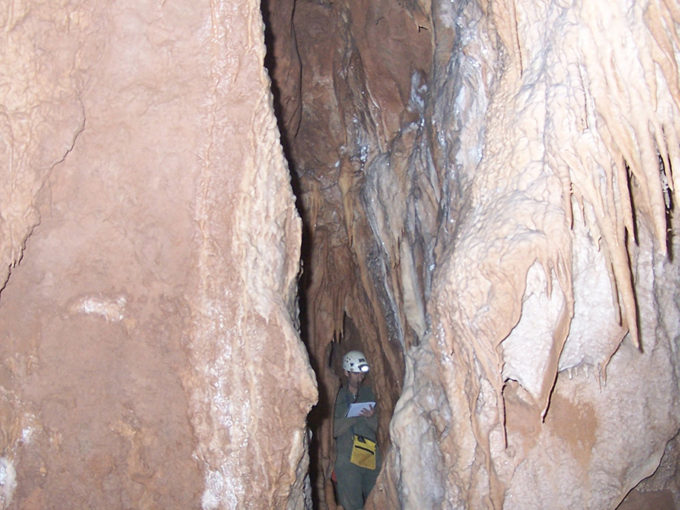
On the Iregua River, next to the N 111 road, is the Peñamiel Cave, one of the first excavated in Spain, thanks to the work
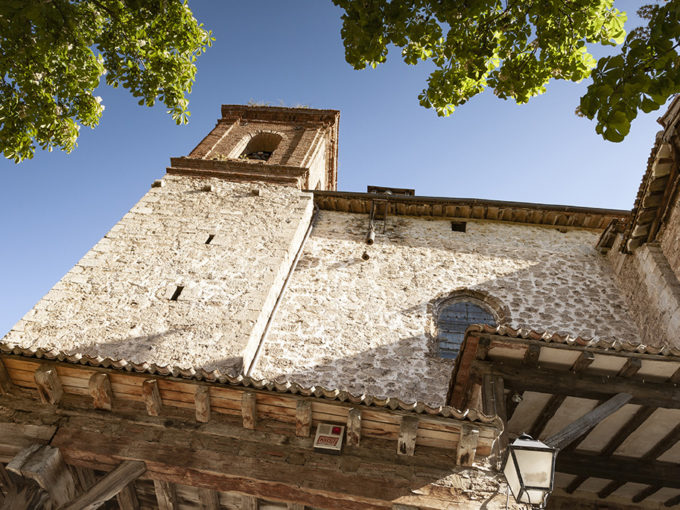
Tradition keeps memories of the temple of the late XVI century, where the Romanesque image of Nª Sª de Castejón
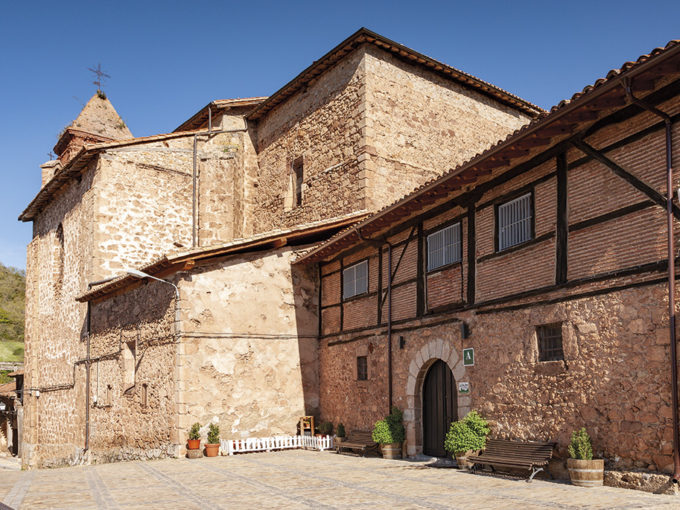
Another important social space is in the highest part of the town and is composed of the whole of the church
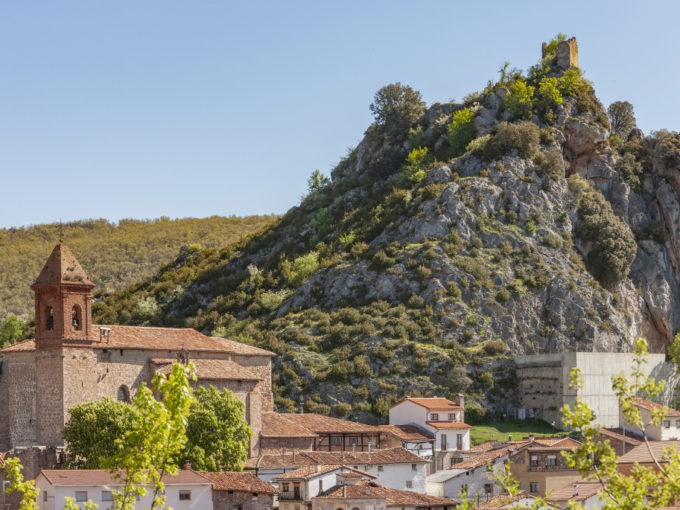
It is the only castle in the region. Above the village rises a rock that is crowned with this defensive construction, unique in the Cameros
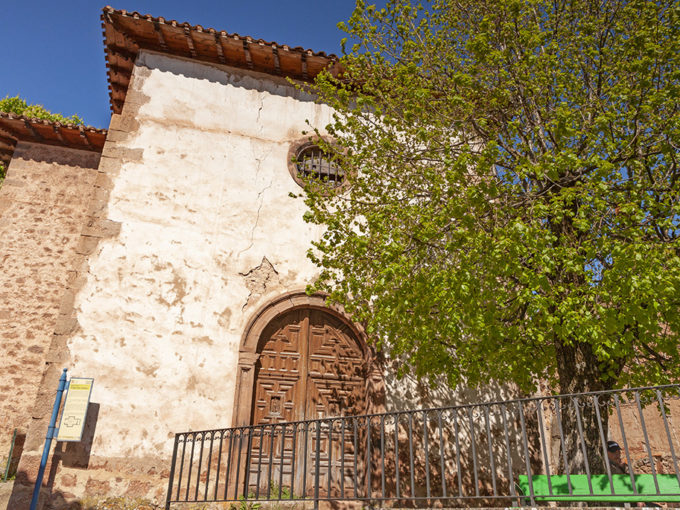
A space generates a square in the centre of the town, presided over by the Baroque Chapel of the Virgin of El Collado, from the XVI century
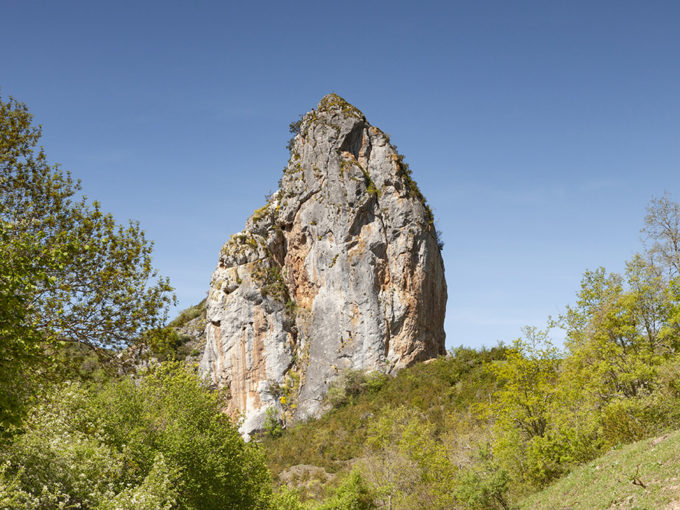
It is known as Peña Zapatero due to an ancient legend: A shoemaker worked in that crag
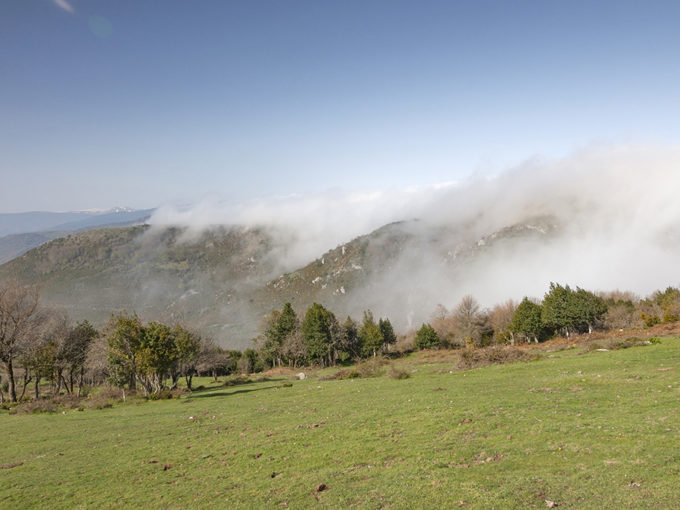
The summit separating the New Cameros from the Najerilla Valley is called “Serradero”. Tradition relates this name with Serra de Bero
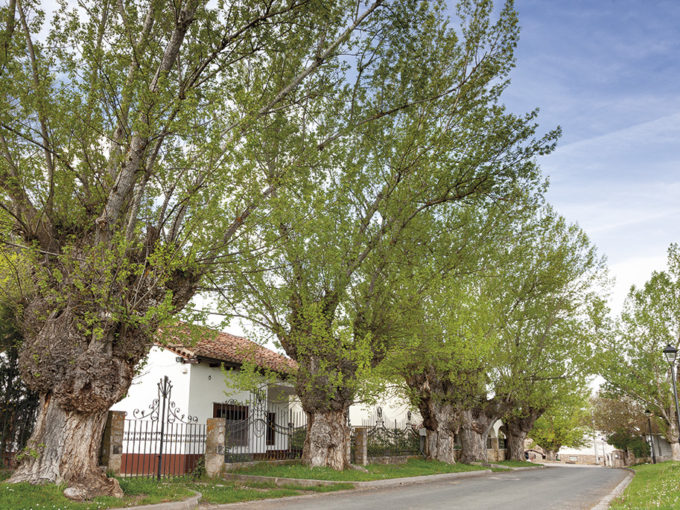
This small spot located on the González Lacasa Reservoir is the village of Nieva. It has beautiful samples of traditional Camerano architecture
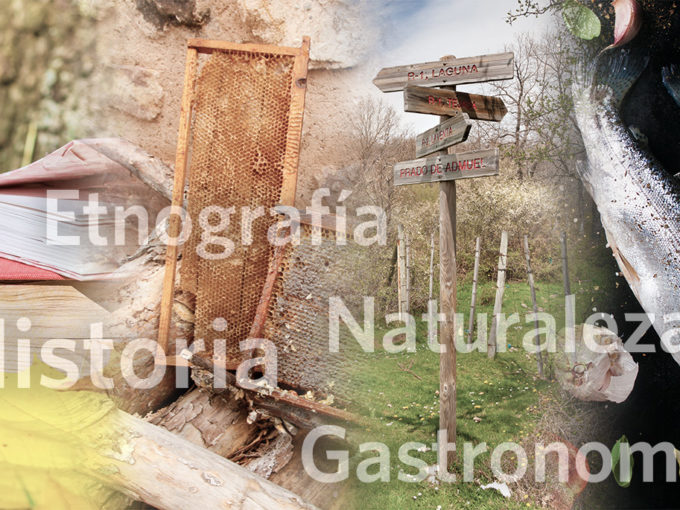
From medieval times, the existence of a monastery within the mountain (devoted to Nª Sra. de Castejón) is mentioned